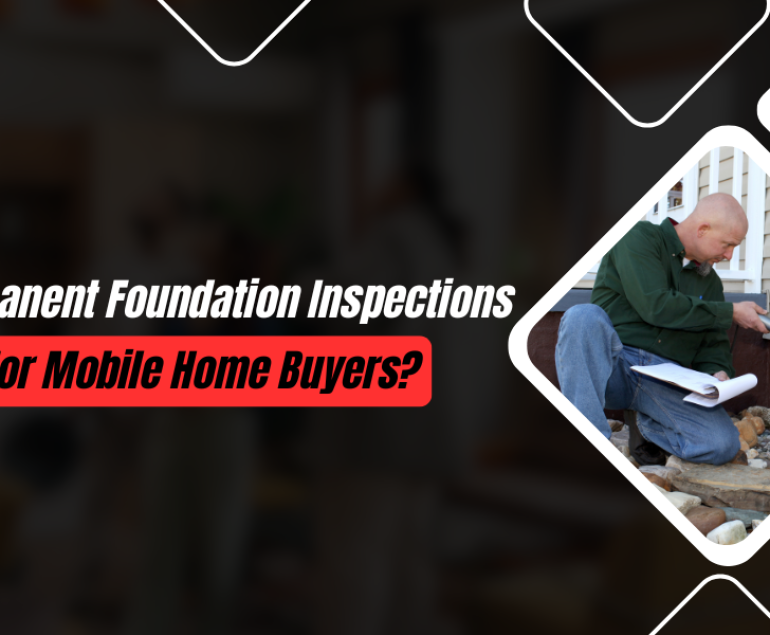A home inspection can be described as a visual examination of the structure and systems of the home by a licensed home inspector. During the inspection, the home inspector will look at the foundation, roof, attic, walls, windows, ceilings, doors, decks and porches, HVAC, and plumbing. They will inspect what is visible and accessible, without moving appliances or climbing onto the steep roof. If the inspector finds an issue in their cursory check, then you must call in a specialist such as a structural engineer, electrician, or plumber and have a thorough inspection done.
Here are 5 things a home inspector looks for in Texas –
1. Code violations
Building codes are updated every few years, hence it is pertinent to have the home inspected by a licensed professional to check for any violations. It must be noted that building code enforcement applies to new building construction or renovation projects with a lot of changes.
2. Structural problems
The home inspector will check if there is any failure of building components such as wood rot or mold in the basement, roof, or any other part of the house. They will check damages to the foundation, roof, framing, and subflooring. Structural problems are a major red flag and will require immediate attention from the homeowner, whether it is repair, replacement or complete reconstruction of the house or a portion of it.
3. Safety hazards
This is a broad category under which any condition that could cause harm to residents of the building comes. These include uneven flooring or other walking surfaces, electrical shock hazards, and missing stock detectors among others. Some of these safety hazards may be critical and require repairs, others will be stated as a “for your information” statement to alert you that the condition exists. These will be labeled as “safety concerns” or “recommended items” in the home inspection report.
4. Some other concerns
These will include some superficial, non-structural concerns such as wall and ceiling cracks that do not have a deeper significance. However, these are highlighted in the report to bring to your notice and the notice of the buyer in case where the house is for sale. There will also be a note on the age of all the systems and if they are working properly on the day of the inspection. There is no clear demarcation when a repair or replacement may be necessary as everything depends on the working condition. If a thirty-year-old water heater is in good condition, then there is no reason to flag it unless it is a matter of personal taste.
5. Exterior concerns
They will check for exterior issues such as damaged or missing siding, cracks, or excessive soil around the house that will attract wood-destroying insects. They will check the drainage system and other signs of potential damage around the house.
Even though they are licensed, every home inspector has his or her own parameters that largely cover the issues mentioned.





